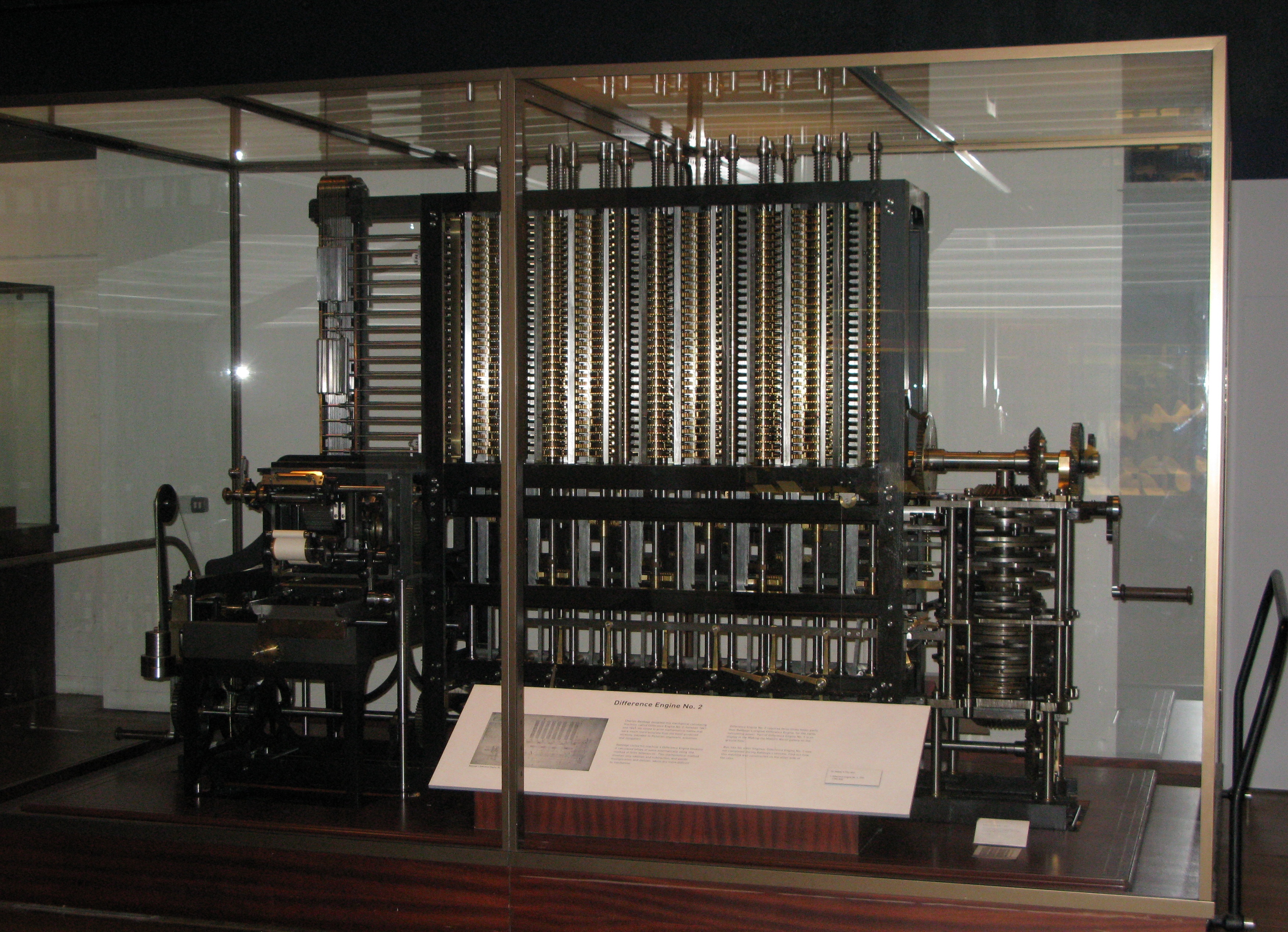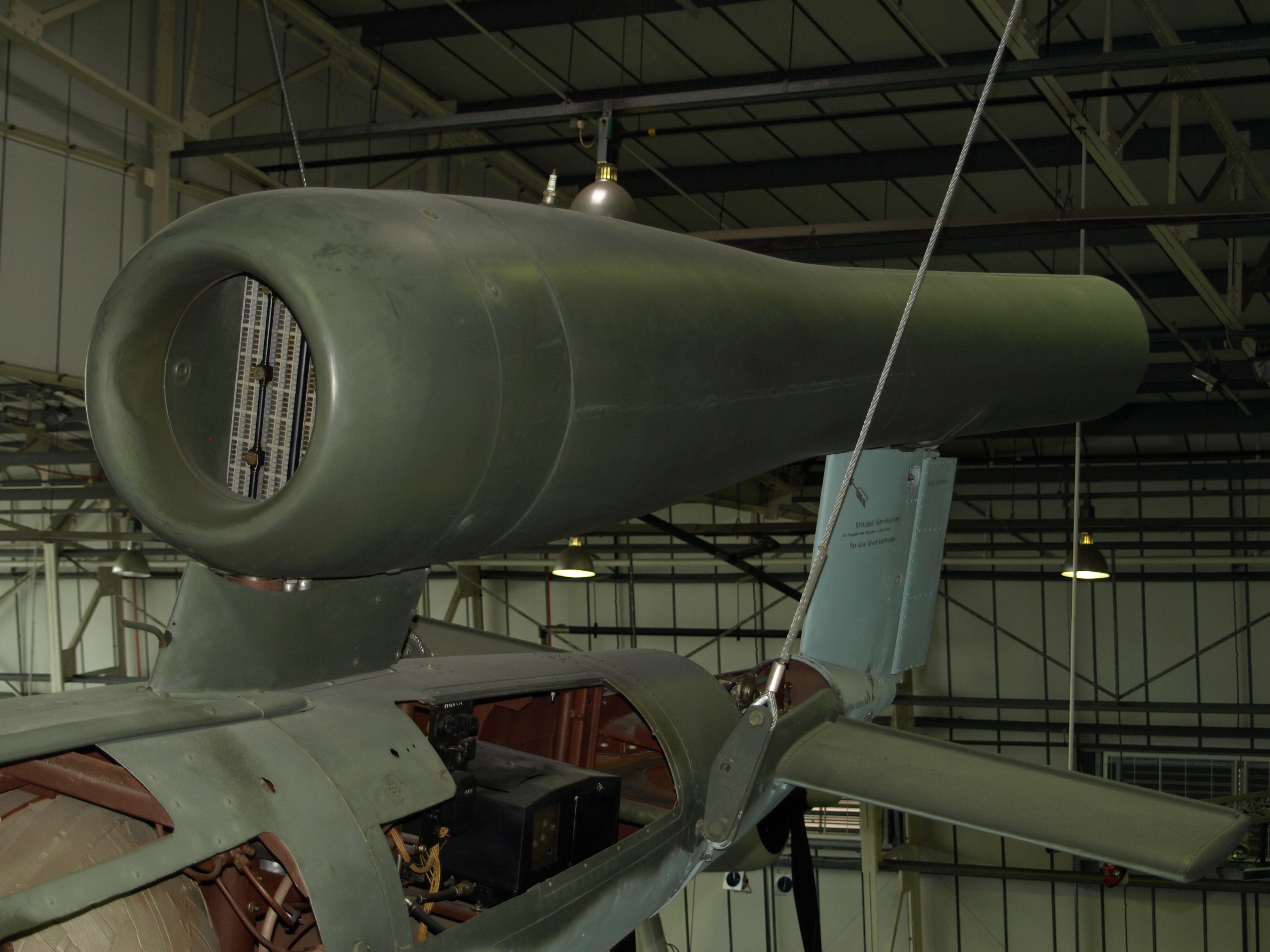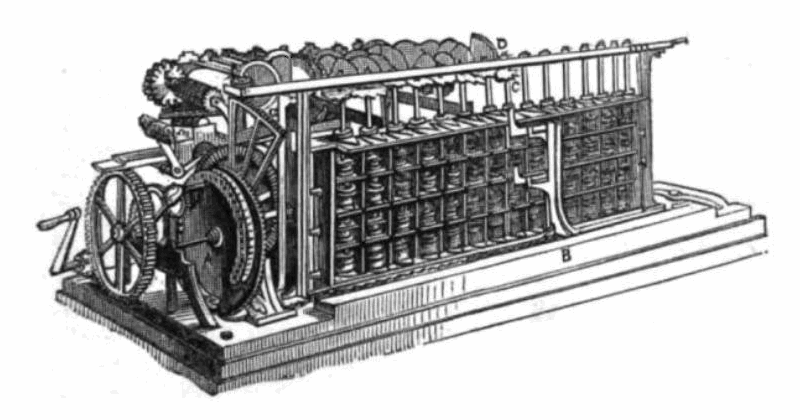|
Martin Wiberg
Martin Wiberg (September 4, 1826 – December 29, 1905) was a Swedish inventor. He enrolled at Lund University in 1845 and became a Doctor of Philosophy in 1850. He is known as a computer pioneer for his c. 1859 (1857-1860) invention of a machine the size of a sewing machine that could print logarithmic tables (first interest tables appeared in 1860, logarithmic in 1875). The logarithmic tables were subsequently published in English, French and German in 1876. The device was investigated by the French academy of science which also wrote an extensive report on it in 1863. The device was inspired by the similar work done by Per Georg Scheutz (had the same capacity: 15-digit numbers and fourth-order differences) and has similarities with Charles Babbage's difference engine. (Scheutz machine was based on the difference engine). The device is preserved at Tekniska museet (The Technical Museum) of Sweden in Stockholm. Wiberg failed to sell his machine, and also failed to sell the outp ... [...More Info...] [...Related Items...] OR: [Wikipedia] [Google] [Baidu] |
Viby, Kristianstad
Viby is a locality situated in Kristianstad Municipality, Skåne County, Sweden Sweden, formally the Kingdom of Sweden,The United Nations Group of Experts on Geographical Names states that the country's formal name is the Kingdom of SwedenUNGEGN World Geographical Names, Sweden./ref> is a Nordic country located on ... with 991 inhabitants in 2010. References Populated places in Kristianstad Municipality Populated places in Skåne County {{Skåne-geo-stub ... [...More Info...] [...Related Items...] OR: [Wikipedia] [Google] [Baidu] |
Difference Engine
A difference engine is an automatic mechanical calculator designed to tabulate polynomial, polynomial functions. It was designed in the 1820s, and was first created by Charles Babbage. The name, the difference engine, is derived from the method of divided differences, a way to interpolate or tabulate functions by using a small set of polynomial co-efficients. Some of the most common mathematical functions used in engineering, science and navigation, were, and still are computable with the use of the difference engine's capability of computing logarithmic and trigonometric functions, which can be Taylor series, approximated by polynomials, so a difference engine can compute many useful mathematical table, tables of numbers. History The notion of a mechanical calculator for mathematical functions can be traced back to the Antikythera mechanism of the 2nd century BC, while early modern examples are attributed to Blaise Pascal, Pascal and Gottfried Leibniz, Leibniz in the 17th ce ... [...More Info...] [...Related Items...] OR: [Wikipedia] [Google] [Baidu] |
1905 Deaths
Nineteen or 19 may refer to: * 19 (number), the natural number following 18 and preceding 20 * one of the years 19 BC, AD 19, 1919, 2019 Films * ''19'' (film), a 2001 Japanese film * ''Nineteen'' (film), a 1987 science fiction film Music * 19 (band), a Japanese pop music duo Albums * ''19'' (Adele album), 2008 * ''19'', a 2003 album by Alsou * ''19'', a 2006 album by Evan Yo * ''19'', a 2018 album by MHD * ''19'', one half of the double album ''63/19'' by Kool A.D. * ''Number Nineteen'', a 1971 album by American jazz pianist Mal Waldron * ''XIX'' (EP), a 2019 EP by 1the9 Songs * "19" (song), a 1985 song by British musician Paul Hardcastle. * "Nineteen", a song by Bad4Good from the 1992 album ''Refugee'' * "Nineteen", a song by Karma to Burn from the 2001 album ''Almost Heathen''. * "Nineteen" (song), a 2007 song by American singer Billy Ray Cyrus. * "Nineteen", a song by Tegan and Sara from the 2007 album '' The Con''. * "XIX" (song), a 2014 song by Slipkno ... [...More Info...] [...Related Items...] OR: [Wikipedia] [Google] [Baidu] |
1826 Births
Eighteen or 18 may refer to: * 18 (number), the natural number following 17 and preceding 19 * one of the years 18 BC, AD 18, 1918, 2018 Film, television and entertainment * ''18'' (film), a 1993 Taiwanese experimental film based on the short story ''God's Dice'' * ''Eighteen'' (film), a 2005 Canadian dramatic feature film * 18 (British Board of Film Classification), a film rating in the United Kingdom, also used in Ireland by the Irish Film Classification Office * 18 (''Dragon Ball''), a character in the ''Dragon Ball'' franchise * "Eighteen", a 2006 episode of the animated television series ''12 oz. Mouse'' Music Albums * ''18'' (Moby album), 2002 * ''18'' (Nana Kitade album), 2005 * '' 18...'', 2009 debut album by G.E.M. Songs * "18" (5 Seconds of Summer song), from their 2014 eponymous debut album * "18" (One Direction song), from their 2014 studio album ''Four'' * "18", by Anarbor from their 2013 studio album '' Burnout'' * "I'm Eighteen", by Alice Cooper common ... [...More Info...] [...Related Items...] OR: [Wikipedia] [Google] [Baidu] |
Difference Engine
A difference engine is an automatic mechanical calculator designed to tabulate polynomial, polynomial functions. It was designed in the 1820s, and was first created by Charles Babbage. The name, the difference engine, is derived from the method of divided differences, a way to interpolate or tabulate functions by using a small set of polynomial co-efficients. Some of the most common mathematical functions used in engineering, science and navigation, were, and still are computable with the use of the difference engine's capability of computing logarithmic and trigonometric functions, which can be Taylor series, approximated by polynomials, so a difference engine can compute many useful mathematical table, tables of numbers. History The notion of a mechanical calculator for mathematical functions can be traced back to the Antikythera mechanism of the 2nd century BC, while early modern examples are attributed to Blaise Pascal, Pascal and Gottfried Leibniz, Leibniz in the 17th ce ... [...More Info...] [...Related Items...] OR: [Wikipedia] [Google] [Baidu] |
Pulse Jet Engine
300px, Diagram of a pulsejet A pulsejet engine (or pulse jet) is a type of jet engine in which combustion occurs in pulses. A pulsejet engine can be made with few or no moving parts, and is capable of running statically (i.e. it does not need to have air forced into its inlet, typically by forward motion). The best known example may be the Argus As 109-014 used to propel Nazi Germany's V-1 flying bomb. Pulsejet engines are a lightweight form of jet propulsion, but usually have a poor compression ratio, and hence give a low specific impulse. There are two main types of pulsejet engines, both of which use resonant combustion and harness the expanding combustion products to form a pulsating exhaust jet that produces thrust intermittently. The first is known as a valved or traditional pulsejet and it has a set of one-way valves through which the incoming air passes. When the air-fuel is ignited, these valves slam shut, which means that the hot gases can only leave through the engin ... [...More Info...] [...Related Items...] OR: [Wikipedia] [Google] [Baidu] |
Cream Separator
A separator is a centrifugal device that separates milk into cream and skimmed milk. Separation was commonly performed on farms in the past. Most farmers milked a few cows, usually by hand, and separated milk. Some of the skimmed milk was consumed while the rest was used to feed calves and pigs. Enough cream was saved to make butter, and the excess was sold. Today, milk is separated in industrial dairies. Sufficient cream is returned to the skimmed milk before sale. History Before the advent of centrifugal separators, separation was performed by letting milk sit in a container until the cream floated to the top and could be skimmed off by hand. A variant container-separator had a nozzle at the bottom which was opened to allow the milk to drain off. A window in the side, near the nozzle at the bottom, allowed the operator to observe when the milk was drained. The centrifugal separator was first manufactured by Gustaf de Laval, making it possible to separate cream from milk fa ... [...More Info...] [...Related Items...] OR: [Wikipedia] [Google] [Baidu] |
Nordisk Familjebok
''Nordisk familjebok'' (, "Nordic Family Book") is a Swedish encyclopedia that was published in print from between 1876 and 1993, and that is now fully available in digital form via Project Runeberg at Linköping University. Despite their considerable age and relative obsolescence, the public domain editions of the encyclopedia remain important reference works in Finland, especially on Finnish Wikipedia. History First edition ''Nordisk familjebok'' began when Halmstad publisher hired an editor, linguist , in 1874 to publish a six-volume encyclopedia. Linder drew up a plan for the work, designed the editorial team and created a large circle of experts and literary figures, who submitted article proposals and wrote and reviewed them. Under Linder's direction, the articles were then edited to make them as formal, consistent and accurate as possible. Much attention was paid to Nordic subjects, mainly Swedish and Finnish, where sources and models were often lacking, so extensive ... [...More Info...] [...Related Items...] OR: [Wikipedia] [Google] [Baidu] |
Stockholm
Stockholm () is the Capital city, capital and List of urban areas in Sweden by population, largest city of Sweden as well as the List of urban areas in the Nordic countries, largest urban area in Scandinavia. Approximately 980,000 people live in the Stockholm Municipality, municipality, with 1.6 million in the Stockholm urban area, urban area, and 2.4 million in the Metropolitan Stockholm, metropolitan area. The city stretches across fourteen islands where Mälaren, Lake Mälaren flows into the Baltic Sea. Outside the city to the east, and along the coast, is the island chain of the Stockholm archipelago. The area has been settled since the Stone Age, in the 6th millennium BC, and was founded as a city in 1252 by Swedish statesman Birger Jarl. It is also the county seat of Stockholm County. For several hundred years, Stockholm was the capital of Finland as well (), which then was a part of Sweden. The population of the municipality of Stockholm is expected to reach o ... [...More Info...] [...Related Items...] OR: [Wikipedia] [Google] [Baidu] |
Sweden
Sweden, formally the Kingdom of Sweden,The United Nations Group of Experts on Geographical Names states that the country's formal name is the Kingdom of SwedenUNGEGN World Geographical Names, Sweden./ref> is a Nordic country located on the Scandinavian Peninsula in Northern Europe. It borders Norway to the west and north, Finland to the east, and is connected to Denmark in the southwest by a bridgetunnel across the Öresund. At , Sweden is the largest Nordic country, the third-largest country in the European Union, and the fifth-largest country in Europe. The capital and largest city is Stockholm. Sweden has a total population of 10.5 million, and a low population density of , with around 87% of Swedes residing in urban areas in the central and southern half of the country. Sweden has a nature dominated by forests and a large amount of lakes, including some of the largest in Europe. Many long rivers run from the Scandes range through the landscape, primarily ... [...More Info...] [...Related Items...] OR: [Wikipedia] [Google] [Baidu] |
Tekniska Museet
The Swedish National Museum of Science and Technology ( sv, Tekniska museet) is a Swedish museum in Stockholm. It is Sweden’s largest museum of technology, and has a national charter to be responsible for preserving the Swedish cultural heritage related to technological and industrial history. Its galleries comprise around 10,000 square meters, and the museum attracts annually about 350,000 visitors. The collections consist of more than 55,000 objects and artifacts, 1 200 shelf metres of archival records and documents, 200,000 drawings, 800,000 images and about 40,000 books. The National Museum of Science and Technology also documents technologies, processes, stories and memoirs in order to preserve them for generations to come. History The National Museum of Science and Technology was founded in 1924 by the Royal Swedish Academy of Engineering Sciences, the Confederation of Swedish Enterprise (formerly the Federation of Swedish Industries), the Swedish Inventors' Association ... [...More Info...] [...Related Items...] OR: [Wikipedia] [Google] [Baidu] |
Per Georg Scheutz
Pehr (Per) Georg Scheutz (23 September 1785 – 22 May 1873) was a Swedish lawyer, translator, and inventor, who is now best known for his pioneering work in computer technology. Life Scheutz studied law at Lund University, graduating in 1805. He then worked as a legal expert and translator (he translated several works of William Shakespeare and Sir Walter Scott) before turning predominantly to liberal politics and mechanical engineering. He is most known for his inventions; the best known of these is the Scheutzian calculation engine, invented in 1837 and finalized in 1843. This machine, which he constructed with his son Edvard Scheutz, was based on Charles Babbage's difference engine. In 1851 they obtained funds from government to build an improved model, which was created in 1853 (was roughly the size of a piano), and subsequently demonstrated at the World's Fair in Paris, 1855. The machine was then sold in 1856 to the Dudley Observatory in Albany, New York. In 1857 Britis ... [...More Info...] [...Related Items...] OR: [Wikipedia] [Google] [Baidu] |






